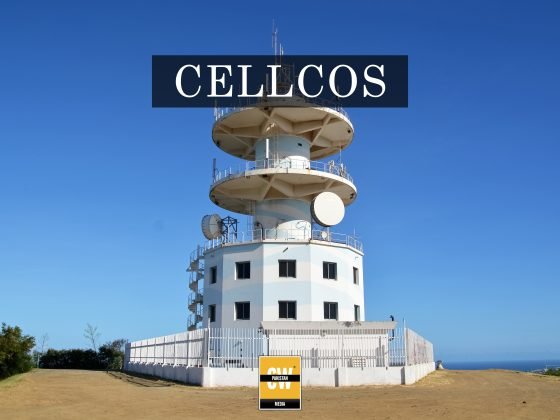PTA has attributed the persistent slow internet speeds across the country to critical infrastructure issues, power outages, and a lack of sufficient fiberization in telecom networks. The findings were revealed in a recent report, which detailed the challenges impacting internet and telecom services nationwide.
The report clarified that the 18-year-old web management system, primarily designed to manage gray traffic, does not play a role in reducing internet speeds, contrary to some claims. Instead, it highlighted systemic issues within the telecom infrastructure as the primary culprits.
According to the report, 42% of telecom sites across Pakistan lack generators, leaving more than 21,000 sites vulnerable to power outages. These outages, coupled with ongoing power load-shedding, disrupt telecom services, significantly affecting internet speeds. Although over 24,885 telecom sites have installed generators, many are equipped with insufficient power backup. Adding to these challenges is the theft of generators and critical equipment, which has occurred at more than 739 telecom sites in recent years.
Security concerns also play a role in the deteriorating state of the telecom infrastructure. Over the last five years, 147 sites have been damaged in terrorist attacks, further straining the country’s ability to maintain uninterrupted internet and telecom services.
The PTA report comes amid mounting public dissatisfaction over slow internet speeds, which many users had previously blamed on the increased use of Virtual Private Networks (VPNs). However, the PTA’s findings shift the focus toward deeper structural issues, emphasizing the urgent need for investment in telecom infrastructure and power stability to address these problems.
In parallel, Minister of State for Information Technology and Communications Shaza Fatima spoke during a Senate session on Wednesday, highlighting ongoing government efforts to enhance Pakistan’s internet performance. She announced that Pakistan is acquiring two new undersea cables to strengthen its internet infrastructure. These cables are expected to significantly improve connectivity, adding to the eight submarine cables currently serving the country, one of which remains non-operational.
The minister also revealed that Pakistan is acquiring 500 MHz of spectrum, a critical step to address bandwidth shortages and improve internet speeds. Legal hurdles related to spectrum allocation have been resolved, paving the way for faster and more reliable internet access.
While the government’s initiatives, such as adding new undersea cables and increasing available spectrum, are promising, the PTA report underscores the need for immediate action to address the root causes of internet slowdowns. Experts have long pointed to infrastructure and energy deficiencies as major impediments to improving the quality of internet services in Pakistan.
Adding to the complexity is the debate around internet firewalls, which some experts believe could also be contributing to slower speeds. However, these claims remain speculative, with the PTA report making no mention of firewalls as a significant factor.
With growing reliance on the internet for education, business, and communication, the issue of slow internet has become a pressing concern for millions of Pakistanis. As the government and PTA work to resolve these challenges, there is cautious optimism that the upcoming improvements, including new cables and additional spectrum, will provide much-needed relief.
Addressing the long-term issues of power outages, infrastructure theft, and security risks will require a coordinated effort involving both public and private sector stakeholders. For now, the government’s initiatives mark an important step toward enhancing the digital experience for Pakistanis and boosting the country’s capacity to compete in an increasingly digital global economy.









